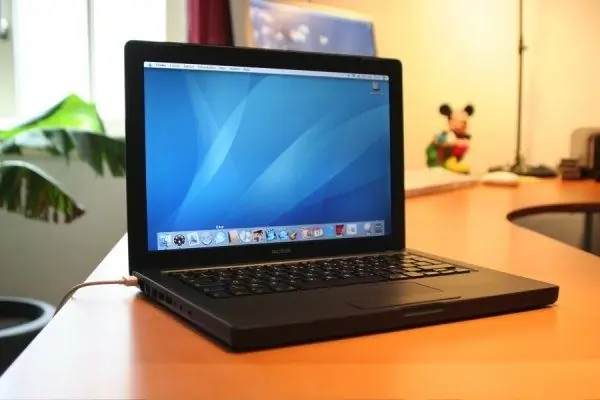- Author Lauren Nevill [email protected].
- Public 2023-12-16 18:48.
- Last modified 2025-01-23 15:15.
All modern browsers have a cache that allows you to save some elements of the visited pages. When you revisit the resource, these elements are taken from the cache, which saves traffic and makes the pages load faster. If the cache is disabled in the browser settings, it must be enabled.

Instructions
Step 1
If you are working with Internet Explorer, to view the cache settings open: "Tools" - "Internet Options" - "General". In the "Temporary Internet Files" section, click the "Options" button. In the window that opens, you can set the cache size and parameters for checking page updates.
Step 2
For those who use the Opera browser, to configure the cache, open: "Service" - "General settings" - "Advanced" - "History". Set: the cache in memory - "Automatic", the size of the disk cache - in the region of 50-100 MB, check documents and images - "Never".
Step 3
The Mozilla Firefox browser manages the cache automatically, so it doesn't need any settings. If you still want to change the cache settings, you should open: "Tools" - "Settings" - "Advanced" - "Network". You can turn off automatic cache management and size it as you like.
Step 4
In the Google Chrome browser, the cache is enabled by default, there are no standard settings for changing its parameters. However, it is possible to specify the size of the cache by editing the shortcut located on the desktop. Click the shortcut with the right mouse button, select "Properties". In the window that opens, you need the line "Object" - add at the end of it, after chrome.exe, the flag --disk-cache-size = 104857600. Save your changes. In this example, the cache size will be limited to one hundred megabytes. The browser should be launched using a shortcut.
Step 5
It should be noted that not all browsers have the same cache performance. The worst is IE's cache, the best is Opera's cache. But even the Opera does not have the ability to fine-tune it. If good cache performance is important to you, install the free Handy Cache program. This is a caching proxy server: located on port 8080, it passes all inbound and outbound traffic through it. The program has very advanced settings, with its help you can not only save about 40-60% of traffic, but also effectively fight advertising.






